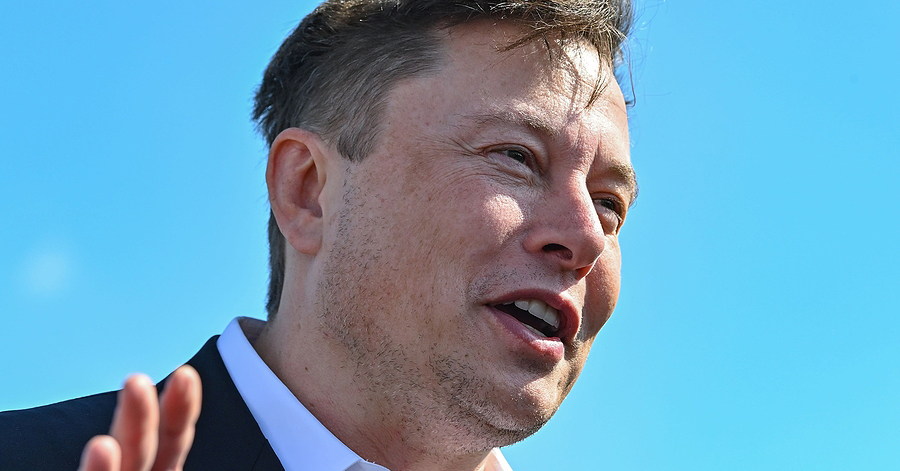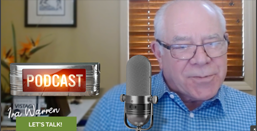
“A Trillion Here and a Trillion There”: Boomers may remember the late, great Senator Everett Dirksen was reputed to have remarked about the growth of government in the 1960s “A billion here, a billion there….after a while it adds up to real money.” Change the “b’s” to “t’s” and the quote is now appropriate for our financial straits a half century later. (The senator later claimed he never said the “after a while” part; but liked it so much he decided to let people think he said it.)
One of the more interesting announcements after President Trump’s re-election is a promise to create a Department of Government Efficiency (DOGE) to be led by tech entrepreneurs Elon Musk and Vivek Ramaswarmy. Mr. Musk in particular has promised “at least $ 2 trillion” in annual spending cuts. Reducing the size and increasing the efficiency of government is laudable but much of government spending is fixed (interest on the debt) or consists of entitlements set by law such as Medicare and Social Security. Can cutting it by $ 2 trillion in a single year be done actually be done? We must wish Messrs. Musk and Ramaswarmy well in their task, but a little education on the numbers may be helpful.
Here are several resources to educate yourself:
Economist Brian Wesbury is offering a two-part look at the real numbers around the government spending His one page post “Is there Room to Cut? Examining Federal Spending Part 1” features a graph in the center of the page that puts the opportunity for cost cutting into perspective:
- The orange area is mandatory (social security, Medicare, and other contractual commitments). Only Congress can change this and given the widespread dependence on both, change is problematic.
- The yellow is interest on the debt, hardly optional.
- The blue area is “discretionary” spending which theoretically can be reduced but this is where the discussion gets political…and when constituents of the Senators and Representatives from both parties start screaming about the cuts to their programs, we’ll find out why politics is called “the art of the possible.”
Dr. Wesbury concludes that “just 15% of the budget is truly discretionary” and my well require significant political “horse trading” to make any impact at all. Part 2 of this valuable information next week.
If you’d like an excellent video tutorial on the US Federal Budget, former Microsoft CEO Steve Ballmer on his USA Facts website, will walk you through the numbers and explain “What is the US federal budget?” (Highly recommended).
“An Economy Adrift”: That’s how ITR Economics’ Brian Beaulieu describes the current economic data. Contrasting movements in retail, metals, inflation all moving in ways that make him think that “there something interesting going on here.” Find out what else he thinks in his latest FedWatch.






